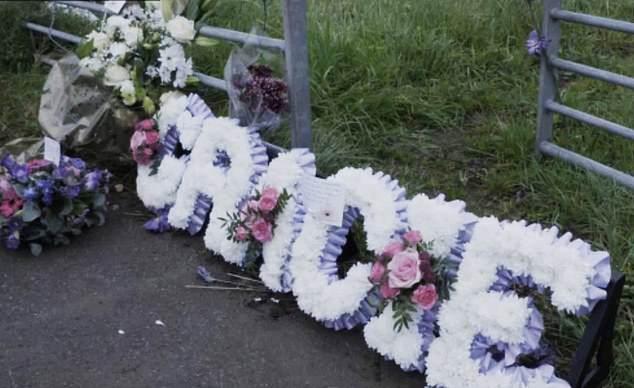Stalking: State of Fear (ITV1)
Opinion polls are obsolete. Focus groups are irrelevant. If you want to know what people really think, take a look at the television viewing figures.
The surprise hit on Netflix, which clocked up nearly five million views in its first two weeks, is the stalker drama Baby Reindeer, starring its writer, Richard Gadd, who based the story on his own real-life experience.
The success of the program reflects how common the crime has become. Before, only pop stars and movie actresses had stalkers. But today, in Britain alone, almost two million women live in fear of obsessive lurkers following their every move online, at work and at home, according to a statistic from Stalking: State Of Fear.
This unique documentary does not detail how many men, like Gadd, also live under siege. But an estimated 80 percent of victims are women, suggesting that up to half a million men could also have a stalker.
It was not explained why crime has increased so rapidly in recent years. The only information about its spread came from Louise, a Glasgow woman whose former business partner began tormenting her after she changed jobs.
Horse-mad Gracie Spinks (pictured) contacted officers to report a terrifying campaign against her by her former supervisor at work, Michael Sellers.

Pictured: Michael Sellers, who stabbed Gracie and committed suicide.

Today, in Britain alone, almost two million women live in fear of obsessive lurkers following their every move online, at work and at home, according to a statistic from Stalking: State Of Fear. Pictured: Tributes to Gracie
“He’s a very tough, macho man,” she said, “and whether it’s his way or the highway.” So when I backed out, he sought revenge.
There was no such simple explanation for the twisted behavior of stalker Kelvin James, who attacked a Lancashire doctor called Marie after dating her a couple of times.
He placed a tracker on her car so he could materialize wherever she went and then reported her to the police, claiming she was obsessed with him.
Marie remained remarkably calm as she told the cameras what happened next.
Although he had a restraining order against James, the police seemed more inclined to believe his story.
They seized his phone, supposedly to check messages, and then did not return it for six months.
That almost seems like an act of spite. One of the officers in the case was later sentenced to two years in prison for stalking and harassing a female colleague.
Police’s most disturbing failures may have cost a 23-year-old woman her life.

CCTV shows Sellers, who was a stalker, exiting his vehicle.

The sellers left a bag of weapons, including three knives and an ax (pictured), near where Gracie kept her horse.
Horse-mad Gracie Spinks contacted agents to report a terrifying campaign against her by her former supervisor at work, Michael Sellers.
A few days later, a dog walker called 999 to report he had found a bag of weapons, including three knives and an axe. The bag contained a receipt linking her to the stalker, Sellers, and was hidden near the stables where Gracie kept her horse.
The police took no action… and a month later, Gracie was stabbed to death by Sellers, who then committed suicide.
The casual and callous attitude of officers who seem to dismiss harassment as a low-level consequence of internal squabbling is appalling. The police must start taking the victims seriously, because, if television viewing figures are any indication, there are a large number of people concerned.


